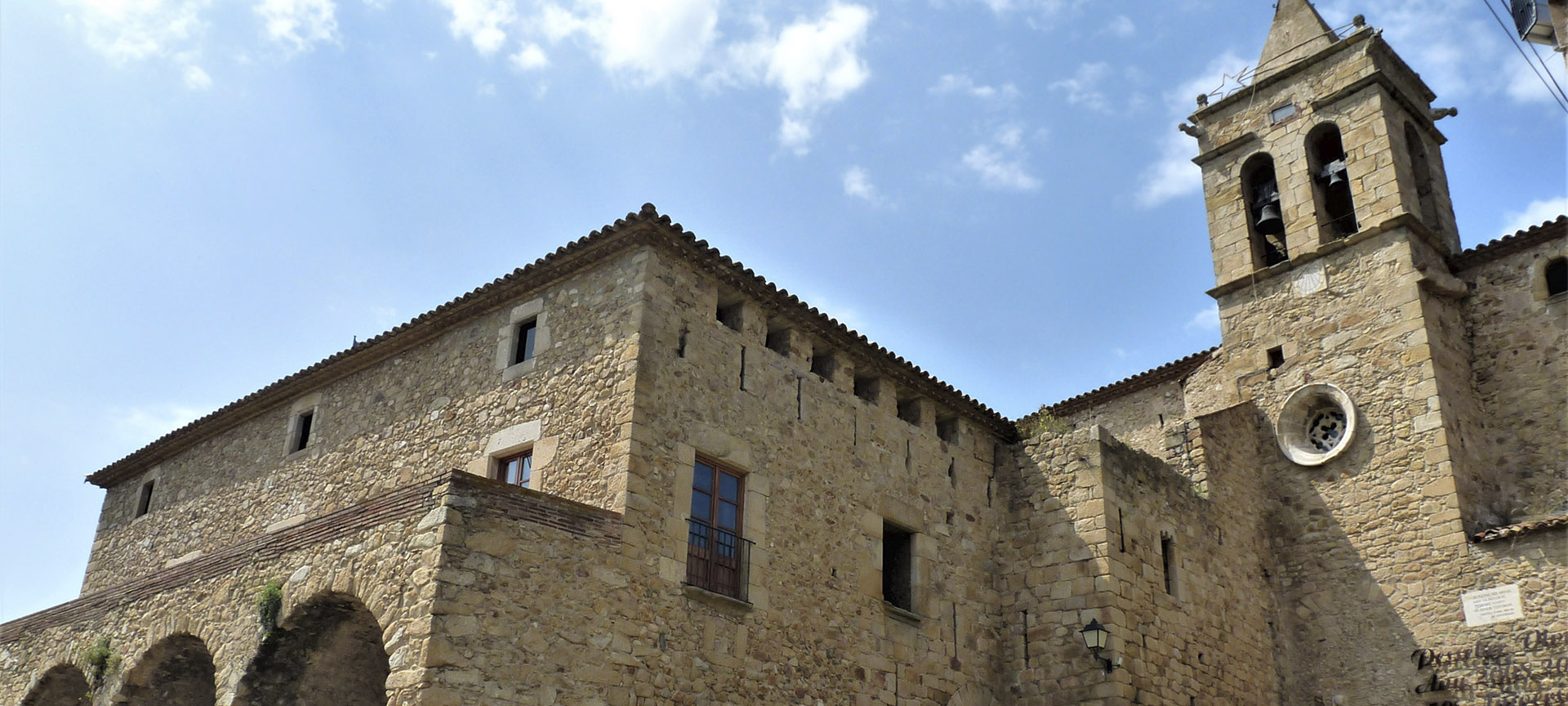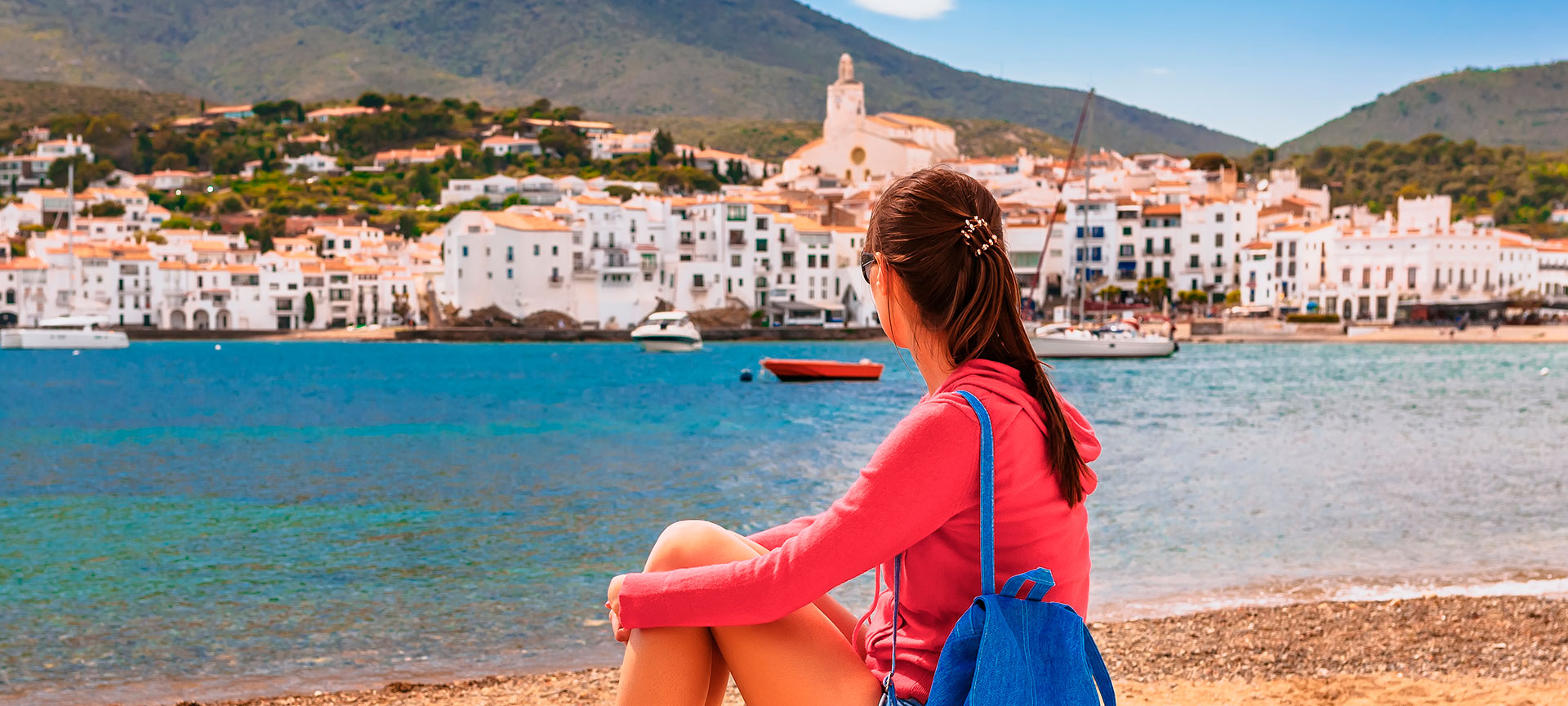Castell d'Aro, a few kilometres from the Mediterranean Sea, has within its municipal boundaries, one of the busiest places on the Costa Brava: Platja d'Aro.
The town, which began around this defensive fortification, is a Site of National Interest, while its splendid beaches have the "Blue Flag" quality award.
On the eastern slope of the Aro valley, not far from the Girona coast, is the village of Castell d'Aro. On the coast, beside clear waters and long beaches of golden sand, Platja d'Aro has grown up. It is a summer holiday resort that provides visitors with the most varied range of leisure and accommodation you can imagine. Among pinewoods and with the nearby mountains as a backdrop, hotels, apartments and campsites provide all their comforts.
Water sports
The chance to practise water sports is ensured by the facilities on this coast. It is beautiful landscape between the sea and the mountains where you can also play golf.
The excellent conditions in this county were first discovered in prehistory, as shown by the menhirs found in the mountain area. The one at Vallbanera is among the most important. The archaeological site at Plà de Palol, beside Cala Rovira, dates from Roman times. Here you can admire the mosaics and baths of a Roman villa from the 1st century A D.
It was in the 9th century when Benedormiens Castle, which would give its name to Castell d´Aro and which dominated the whole valley, was built. You can still admire different parts of the early defensive construction as well as the church of Santa María. The medieval streets which have led to the old town being declared a Site of National Interest extend around this point. These stone houses represent a good example of traditional Catalan architecture. In this part of the town, the Doll Museum also awaits you, with an interesting collection of old dolls.
Cuisine
The area's cuisine adds products from the Mediterranean Sea to those from inland, elaborating traditional and innovative recipes. Broad beans and peas from the fields appear together with "esqueixadas" (cod salad) "escalivadas" (cold roast aubergine, onion and peppers) and chicken or rabbit stews with seafood. For their part, prawns, sea bass and gilt-head bream are prepared in numerous ways. Among the desserts, fruit is very important (strawberries, peaches, melons, water melons, oranges...), and in summer they are turned into ice-creams and sorbets.
This excellent regional cuisine may be tasted both in Castell d'Aro and in various neighbouring towns, like Tossa de Mar. Here you can see the harmonious juxtaposition of the walled town beside the sea and Vila Nova, the area with the most modern buildings. Blanes, for its part, is another important coastal tourist centre that adds to its range of beaches a beautiful historic centre. The castle of Sant Joan, the Gothic palace of the Counts of Cabrera and the Carrer Ample fountain are some of its main monuments.
Also on the Mediterranean is San Feliu de Guíxols. Excellent beaches, a marina and a town centre full of entertainment coexist with the hermitage of Sant Grau, the church of Porta Ferrata and natural viewpoints like Cap de Mort. And, as the culminating point of any tour: Girona, the provincial capital. The cathedral, the Jewish quarter, the Arab baths and the Archaeological Museum are not to be missed as well as the walls and the churches of Sant Nicolau and Sant Feliu.




